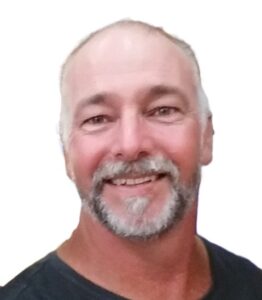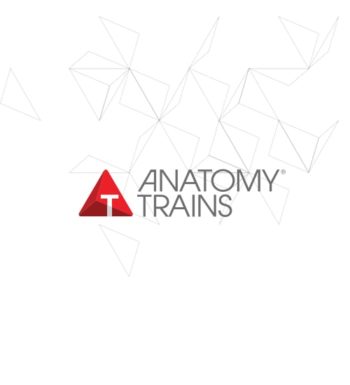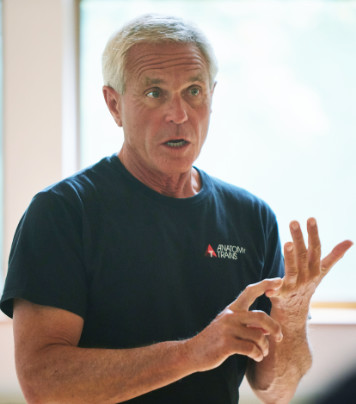This Hyper/Hypo mobility webinar with ATSI Certified teacher and performance trainer Chris Clayton is geared towards anyone who would like to dive a little deeper into this subject from an exercise and training point of view. Our focus will be understanding the various versions that these challenging conditions can take, and how we can individualise exercise and seek out additional allied health expertise when needed. Exercise has been shown to be very effective for trunk and joint stability for people with hypermobility, but it must be approached in a careful and informed manner. The goal of this workshop is to create greater understanding and knowledge around this important subject.
New! You will have lifetime access to the recording.
Key learning points
- Introduction to hypermobility.
- How many are affected?
- Types of hypermobility – Hypermobile Ehlers Danlos Syndrome (hEDS), Hypermobile Spectrum Disorder (HSD), and Joint Hypermobility Syndrome (JHS).
- How is HSD diagnosed and managed?
- Hypermobile Ehlers Danlos Syndrome (hEDS) and its contraindications.
- Hypermobile Ehlers Danlos Syndrome (hEDS) and it relationship with Postural Orthostatic Tachycardia Syndrome (POTS).
- Mechanisms for pain post exercise, Exercise Induced Muscle Damage (EIMD) and Delayed Onset Muscle Damage (DOMS) recovery time, Proprioceptive and structural risks to be considered/avoided when training. Reference “Age Associated Differences in Recovery from Exercise Induces Muscle Damage (EIMD)”.
- Beighton’s score explanation and live demonstration (Using Hypomobile and Hypermobile people as models).
- When to refer to a health professional if our clients display higher Beighton’s scores.
- Educating safe range, safe speed and safe load, avoid high velocity and intensity.
- Individual programming, listen to clients, The “go hard or go home method, may result in just that’. The client may choose to just stay at home and not train at all.
- It is a long-term intervention
- Focus on positive improvement in joint stability
- Individualised interventions
- Multidisciplinary approach
- Extended periodisations and very careful programming
- What movement looks like without education?
- Demonstration of teaching safe range, safe speed and safe load.
- Introduction to hypomobility and its types.
- Hypomobility contraindications.
This course will be provided over Zoom webinar with live chat and Q&A.
Course schedule
Friday, July 18, 2025
6:00 – 8:00 PM EDT
Saturday, July 19, 2025
6:00 – 8:00 PM EDT

Chris Clayton lives in Southeast Queensland Australia, where he and his wife Maree operate their Structural Integration and remedial therapy Clinic, in the regional City of Toowoomba. Chris is a certified Anatomy Trains Structural Integrator and a movement therapist where he practices structural integration and implements the Anatomy Trains concepts as the backbone of his movement therapy strategy.
Chris’ first love was and still is the martial arts, where he teaches for free and strives to be a perpetual student, a journey that has spanned 44 years or more so far. It was in his early years of training, where he saw his martial arts instructor successfully treat fellow students when they presented at class with basic injuries. Chris was immediately profoundly interested in what he saw, when he asked his teacher what he could do to follow the healer’s path, his teacher pointed him to anatomy, Chris has been following that advice ever since.
Chris has been in the coaching/training industry for over 37 years and holds Diplomas in Sport Development, Sport Coaching and Fitness. From the decade following 2007, Chris taught Sport Coaching and Fitness qualifications for the Australian College of Sport Development and YMCA Brisbane as an industry partner, prior to becoming a certified Anatomy Trains Teacher.
As a Performance Trainer, Chris has worked with novice through to elite athletes from many different disciplines, such as Boxer’s, Marathon runners, Basketballers Cricket and Tennis players to name a few. Athletic performance and development for all who enjoy physical activity is a long-standing passion for Chris that also includes injury reduction or as he calls it “bullet proofing” the athletes system. This has led Chris to develop webinars and workshops with an aim to set up Coaches, Trainers and individuals for performance success.
Chris currently travels and teaches Anatomy Trains Courses in Hong Kong, Indonesia and Singapore as well as around Australia. Like most therapists, Chris just likes to help people feel, function and perform better, most days he will be found happily working with his clients at his clinic.


